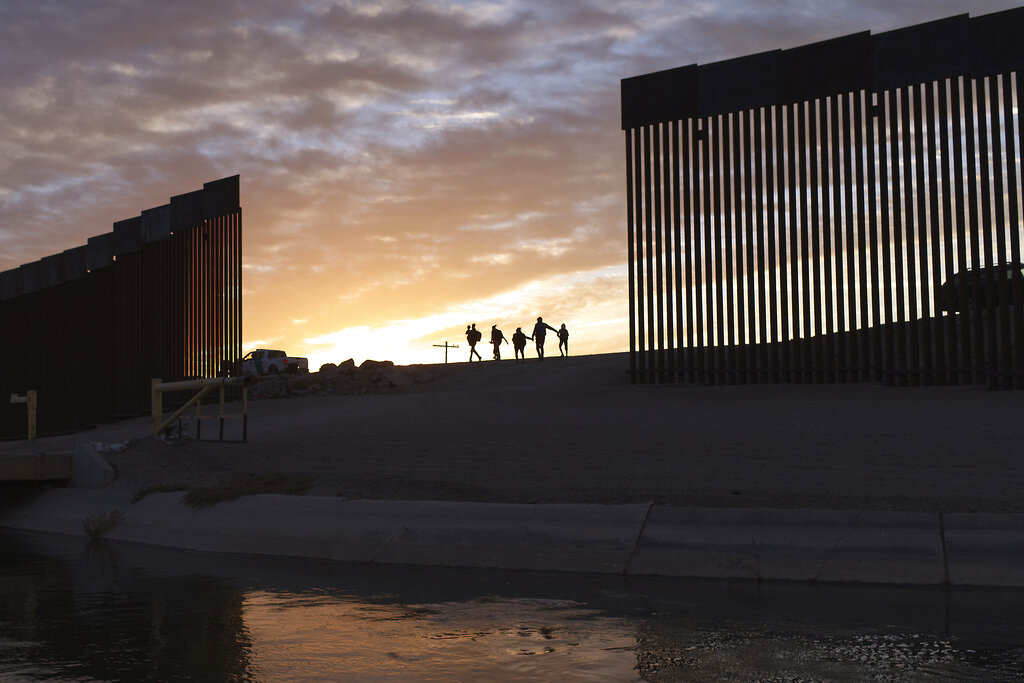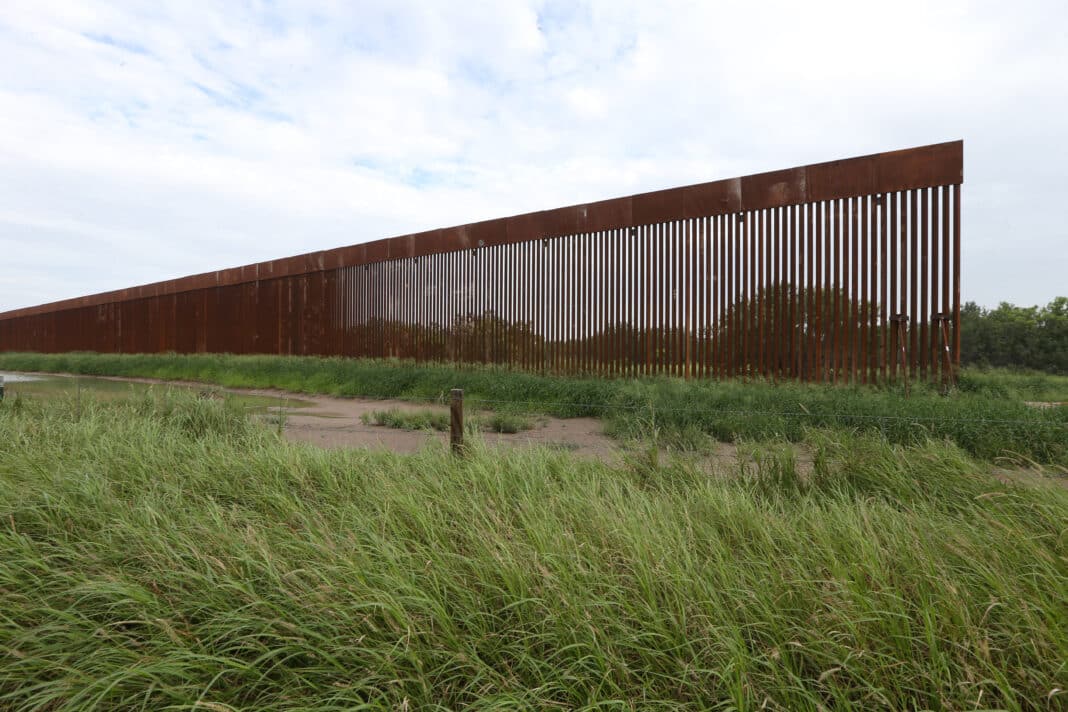|
Only have a minute? Listen instead
Getting your Trinity Audio player ready...
|
U.S. Customs and Border Protection on Monday published a letter seeking input on a proposal to build up to 20 miles of new border wall in Starr County.
The development comes more than a year after CBP solicited comments on potential impacts of border wall development in the Rio Grande Valley.
In that proposal, CBP floated a plan to build 86 miles of new border wall in the Rio Grande Valley, which would have essentially walled off the entire border.
When President Joe Biden was elected, he famously said not another mile of border wall would be built, which was met with skepticism from environmentalists and others in the Valley.
That skepticism was bolstered when CBP solicited comments for the 86 miles in January 2022.
And while the letter published Monday relates to Starr County, on Aug. 7, the U.S. government filed a land condemnation lawsuit for 1.234 acres of land in Hidalgo County.
That suit targets two individuals and names Hidalgo County, South Texas College, the South Texas Independent School District, the La Joya Independent School District and Hidalgo County Drainage District No. 1 as claimants — meaning they are the taxing entities.
The initial conference in this case is scheduled for early November.
In the Monday letter, CBP says the proposed border wall would include 18-foot high, 6-inch diameter bollards “embedded into a movable concrete jersey barrier-style base and will include lighting, roads, detection technology and cameras.
CBP is accepting comments until Sept. 15, which can be emailed to [email protected].

“Please include ‘RGV Border Barrier System Project’ in the subject of your email,” the letter stated.
CBP said it is seeking input on potential impacts on the environment, the culture, the quality of life, commerce and socioeconomic impacts in the area.
“CBP will be conducting environmental site surveys and assessments and is also gathering data and input from state and local government agencies, federal agencies, Native American Tribes, and landowners that may be affected by or otherwise have an interest in the construction project,” the letter stated.
CBP said as this project progresses, there will be more opportunities for public comment.
“Additionally, CBP will prepare environmental planning documents to evaluate potential environmental impacts and make those documents available to the public,” the letter stated.
CBP has seven specific questions that it is seeking feedback on:
>> “Are you aware of threatened or endangered plant or animal species within the areas of proposed construction? If so, where?”
>> “Are you aware of recreational activities that take place near and around proposed construction?”
>> “Are you aware of possible impacts to businesses by the proposed project? Where are those businesses located?”
>> “Are you aware of historical sites or areas of cultural significance located within the area of proposed construction? If so, where?”
>> “Do you foresee your day-to-day activities being impacted by the proposed project?”
>> “Are you aware of any studies, data, or other information available that would aid in the analysis of potential environmental impacts in the proposed project area?”
>> “Do you have any recommendations for practices the construction contractor should follow to avoid or minimize impacts?”
CBP documents indicate the wall would be centered around Salineno, running to the south following the river and to the north, ending south of the Falcon International Reservoir.
The proposal includes patrol and maintenance roads spanning 60- to 100-feet wide on both sides of the wall.
“The area could also include cameras, vegetation clearing, lighting, and a utility corridor with communications fiber and electrical systems,” the proposal stated.
It also includes light poles and lighting that would be mounted on reinforced concrete pedestals.
There would also be gates, cameras and shelters to house fiber optic and CCTV equipment.
CBP would also have erosion and drainage controls, including earth retaining systems and possible concrete or block walls, erosion control mats and riprap.
“Drainage improvements are anticipated to include concrete low water crossings, reinforced concrete pipe culverts, reinforced concrete box culverts, bridge drainage gates, and associated scour protection that may include concrete slope protection, grouted rip rap (sic), and sheet piles,” the proposal stated.
CBP’s proposal also includes access roads.
“Construction of the proposed new border barrier system would be expected to take up to two years,” the proposal stated. “Maintenance would be expected upon completion of construction.”




